It might seem strange that in this city of Renaissance art you can become an addicted consumer of street art, but that’s what has happened to me. The streets of Florence are filled with an amazing variety of images – from mysterious tiny symbols to brash murals. I’ve been keeping track of some of the artists with my phone camera and share some of the main artists below.
Having a visual bent and training I love keeping an eye out for familiar artists on a random wall or street sign – but I also love passing on the fun of it to my children and the visitors we get to show around Florence. In fact the kids are more likely to point out some Clet-adjusted traffic signs to a confused visitor from abroad than know the name of the 17th-century church we’ve just passed. For anyone visiting this uber-centre of culture, most of it of a visual nature, street art is now an accepted part of the scene and I believe it’s great visual training for eyes that are still learning concepts of style, composition, colour and communication.
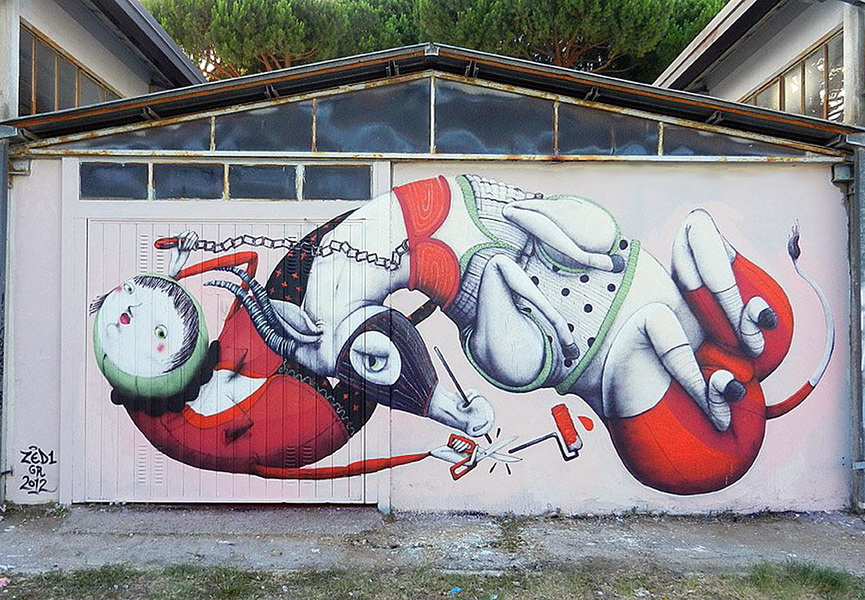
You could atcually say there has been a Renaissance of street art in Italy and many of these Florence-based artists are making their mark internationally and being recognised in more serious form at home like at the recent exhibition showcasing 18 local street artists at the (brand-new) gallery Street Levels Gallery on Via Palazzuolo.
Is street art not just graffiti? There are several big differences between the two, you can read in more detail here. Graffiti is of course an Italian word, used for centuries to describe an image scratched onto a hard surface, like a wall (Graffiare means to scratch). In modern times it’s a form of marking or statement usually on public property.
As for street art – speaking broadly you can say that it is more public than graffiti, and it’s more about images and less about (indecipherable) text and territory-marking, it’s more tolerated and usually more public though it can be just as sharp and political. Let’s say it’s easier on the eye and (frankly) more artistic.
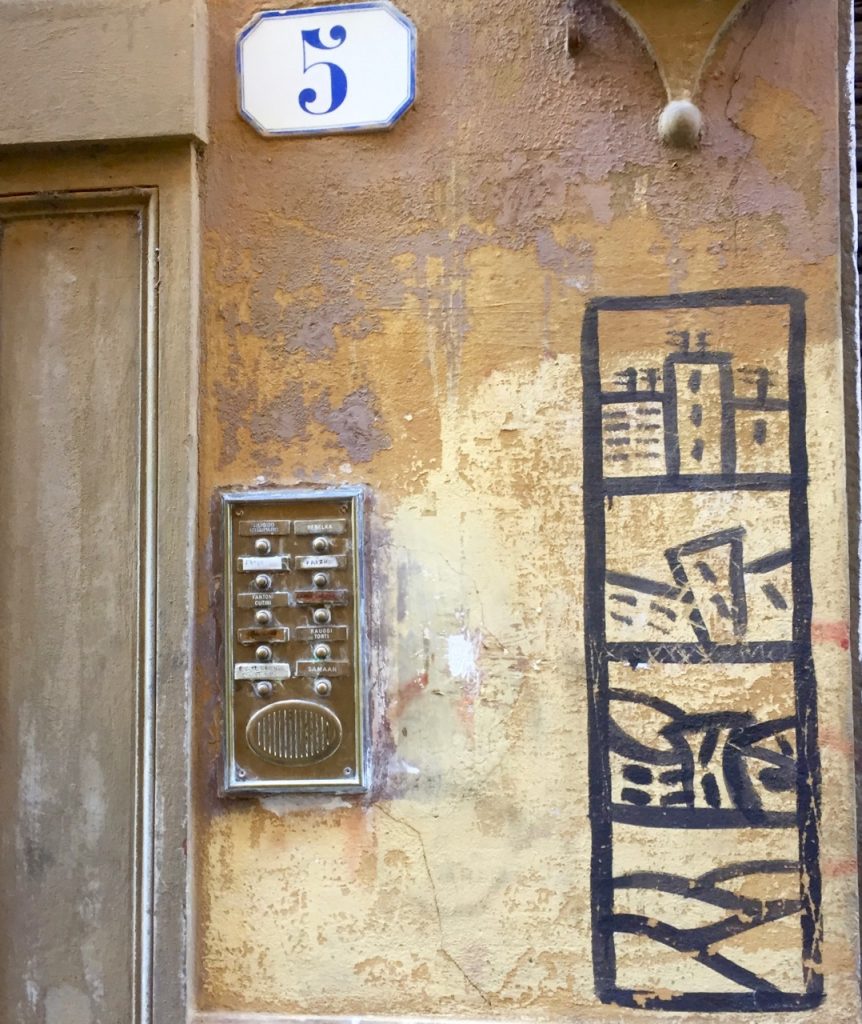
Street art is often associated with the huge murals present in many European cities (we used to enjoy the extraordinary ones in Oslo) though some cause more controversy than others, like the gory but artistic images that have very recently appeared in Brussels.
In Florence the streets are narrow and the history is heavy so the local artists have found interesting ways to blend their images in – on gas cover panels, wine holes (read more about them in my other blog post), underground passages or road signs.
Street art is not to everyone’s taste and because it’s on the street it gets dirty, destroyed or removed. But these artists are working in a temporary, non-secure context. Consider how much nerve it must take to pop a drawing on the wall of this Renaissance city (even if it is already dirty). The city has not always, or ever, been pristine, no doubt there’s been graffiti on these buildings for hundreds of years – indeed some think Michelangelo left some scrawls behind on the Palazzo Vecchio, read more here.
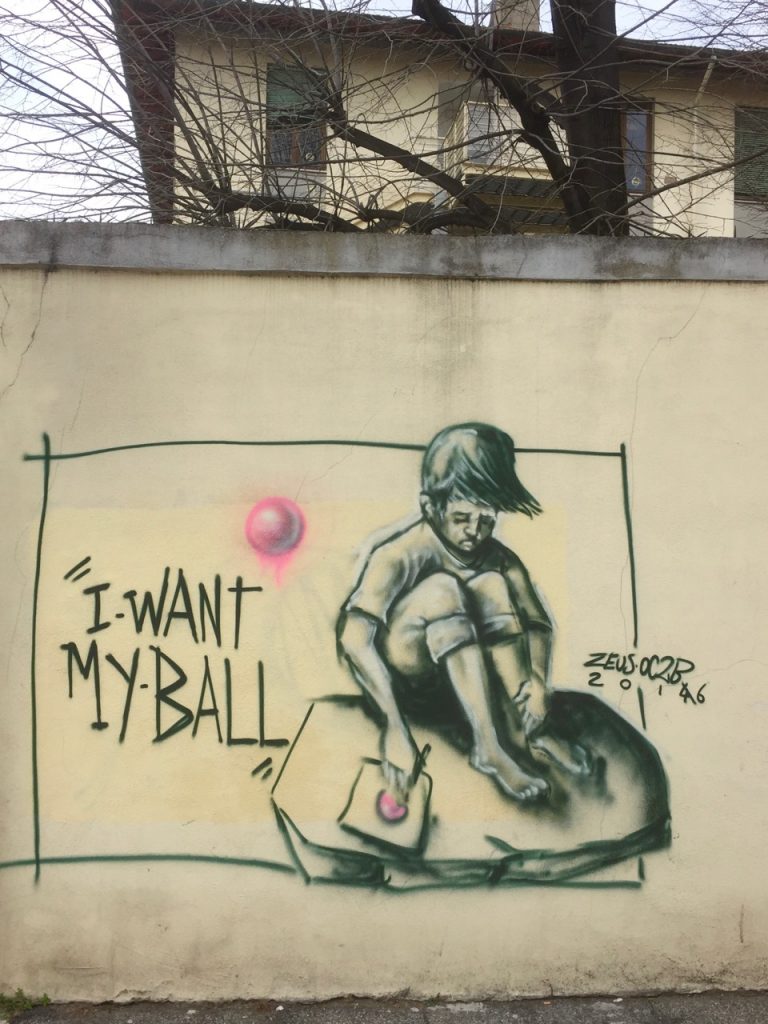
I’m fascinated by the originality and sheer daring of the placement and content of the street art here. And it’s quite an experience to encounter it in the streets of Florence where the artist often plays around or challenges the hyper-famous images contained/constrained inside the museums and souvenir shops. After admiring the amazing 600 year old frescoes in the city churches, (as well as the mind-boggling restoration techniques so well now explained and displayed), enjoy this modern fresco form as you wander the streets.
So if you’re planning a trip to Florence and want to explore its vibrant street life or you’re coming with kids then here’s a quick guide to some of the top street artists. You’ll find their work all over the centre of town and under Instagram hashtags like #streetartflorence, #murifiorentini and #firenzestreetart.
* * * * *
L’arte sa nuotare / Blub
The artist Blub runs a series around town called L’arte sa nuotare (Art knows how to swim) and his is one of the more popular styles in Florence with visitors. Usually starting from a famous image from art history, ideally one from a museum around the corner, he places them into an underwater environment – to refresh them, make them speak to us in a new and less jaded way.
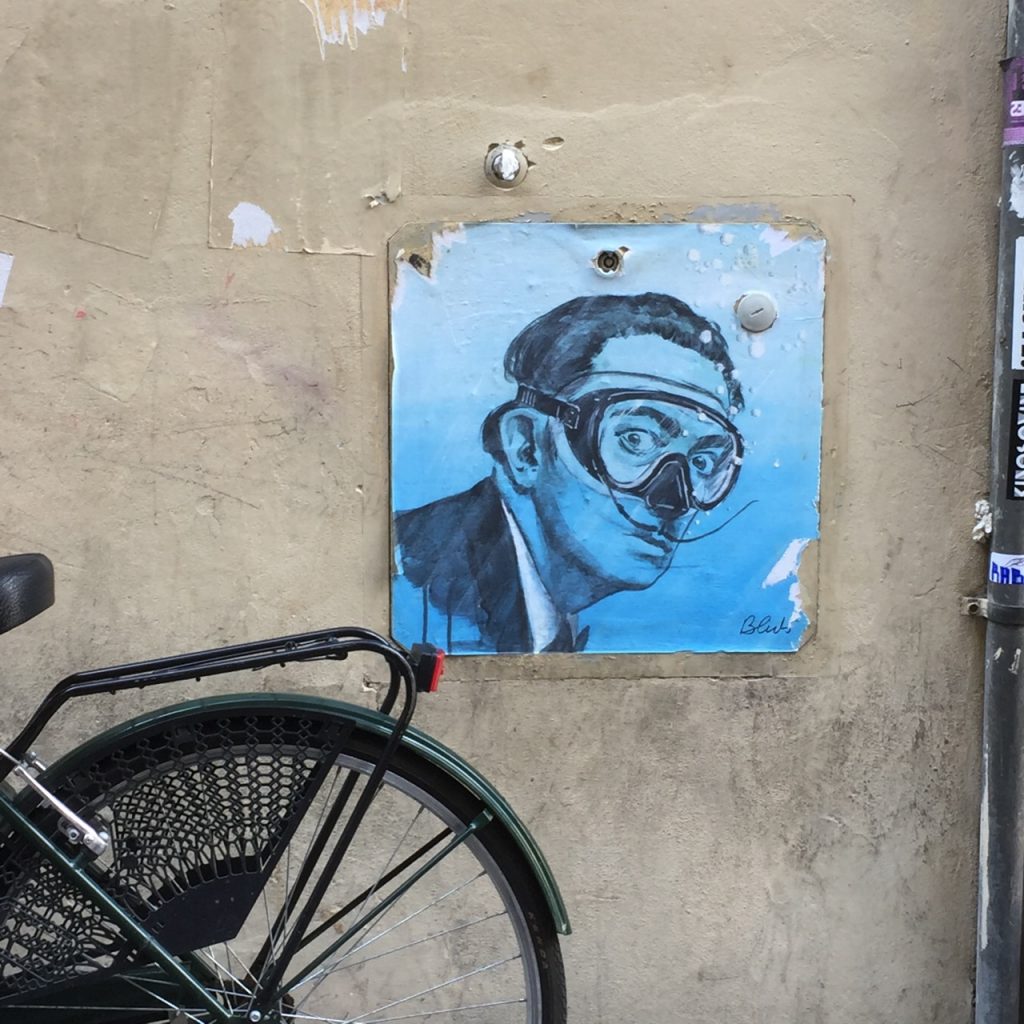
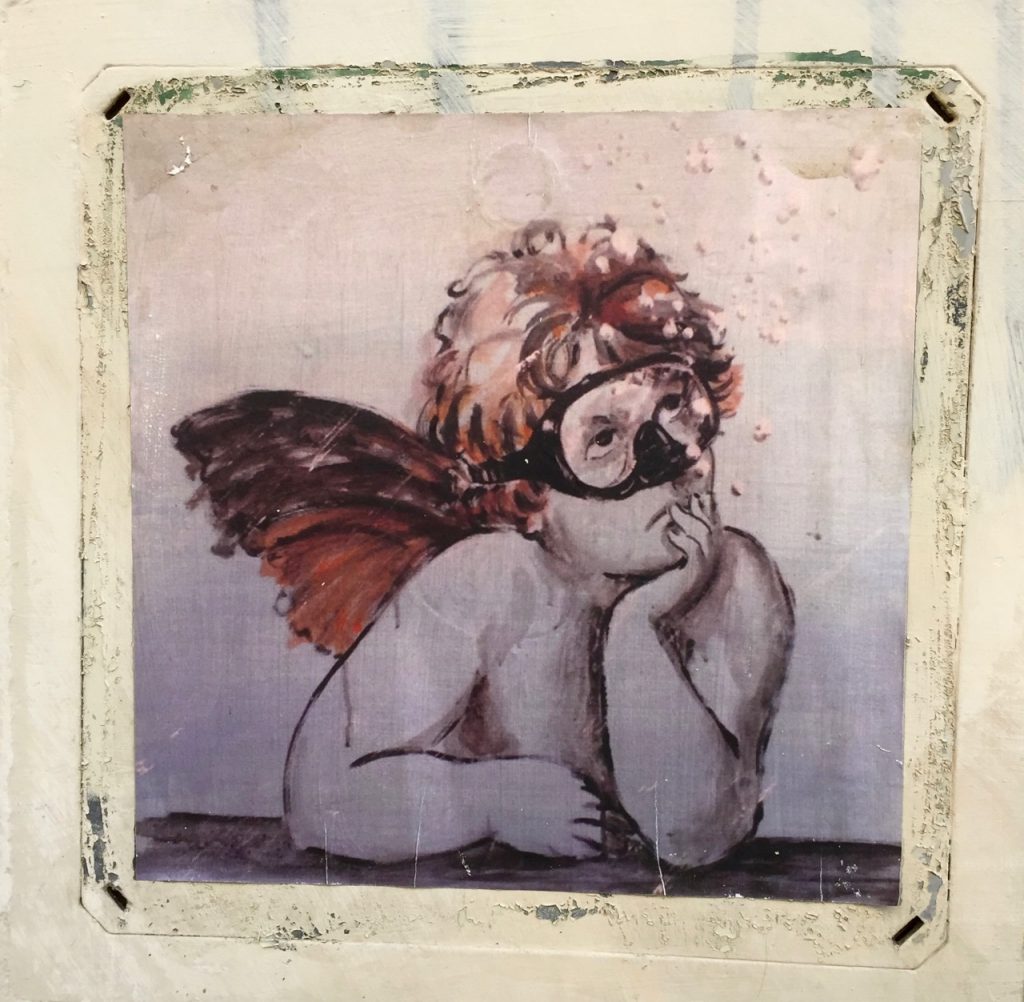
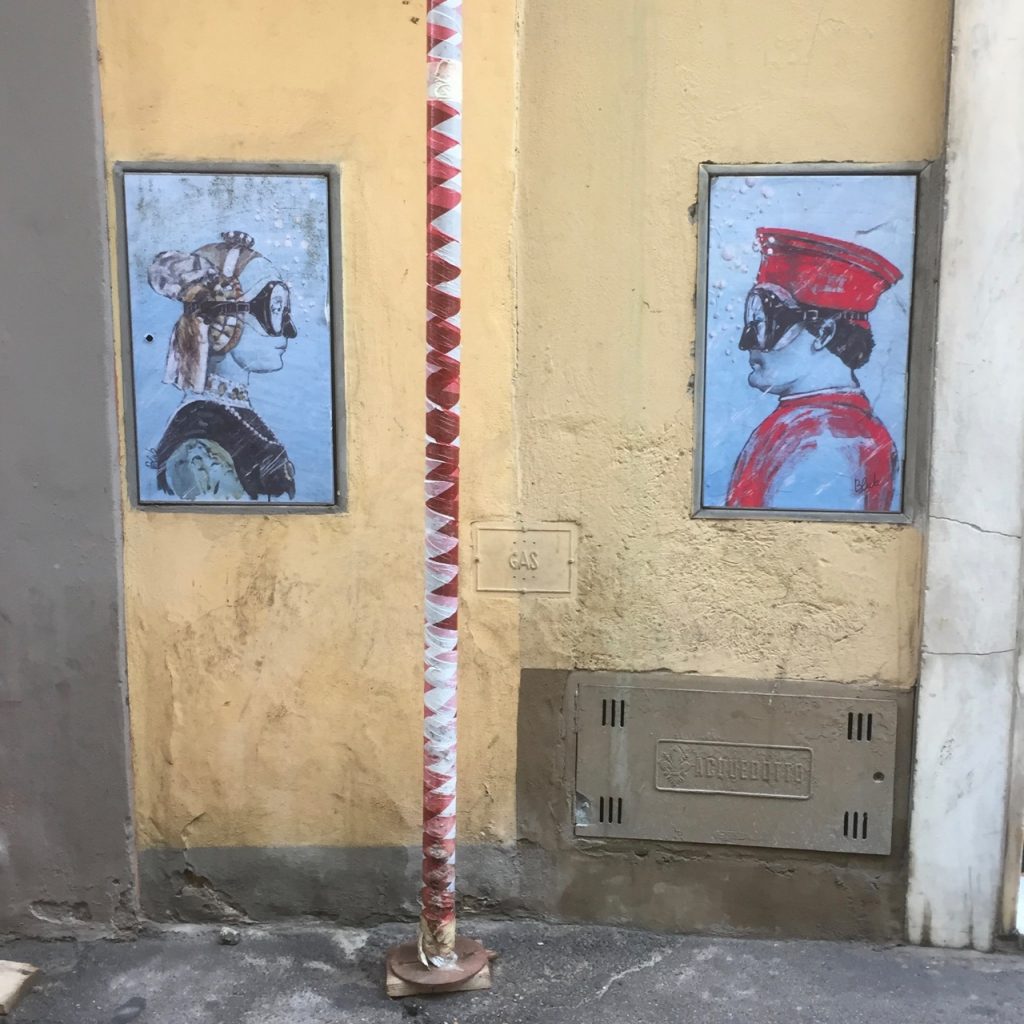
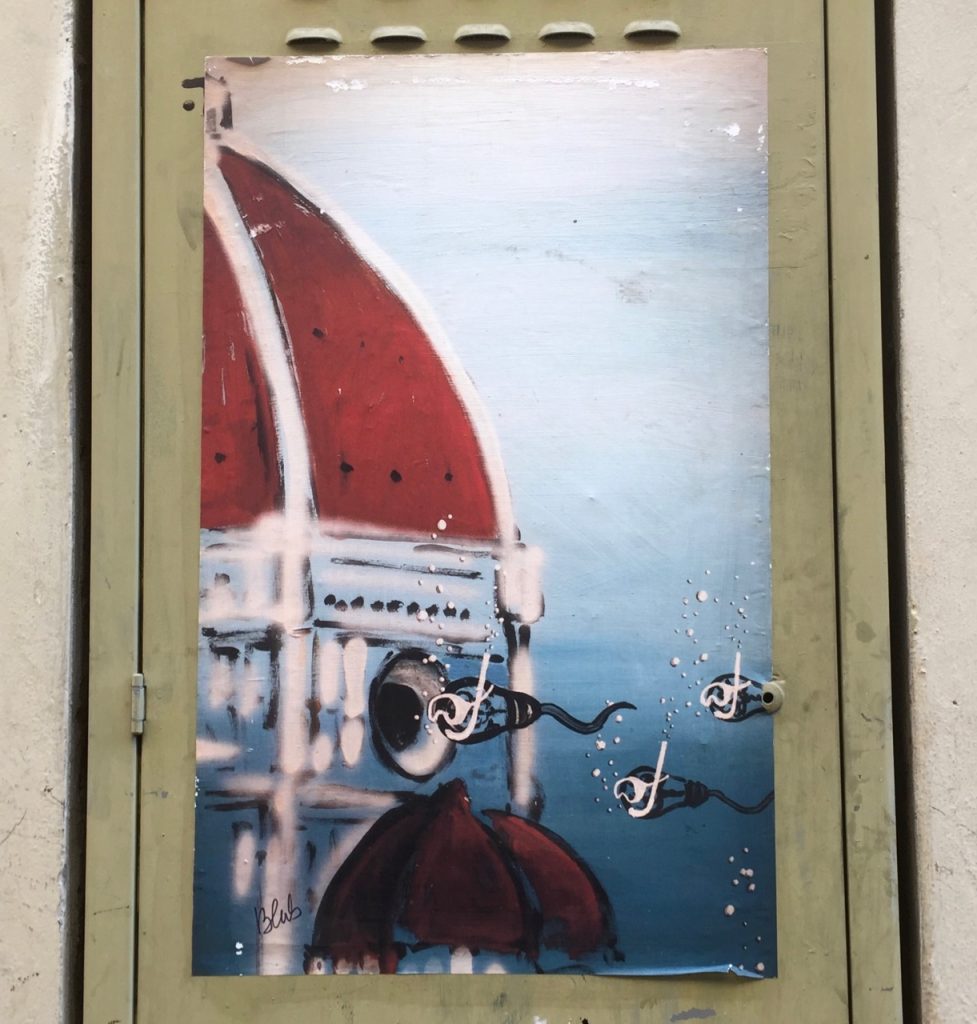
Exit/Enter
My personal favourite, Exit/Enter creates beguiling and intriguing and very simple line-drawn images with a splash of colour that make you stop in your tracks. Apparently he was frustrated by the lack of gallery opportunities for a young artist so took to a public space instead. Fully integrated into the street in which they appear, his pieces often give a sense of movement and flow to your walk through the city. Florentine disegno in modern form?
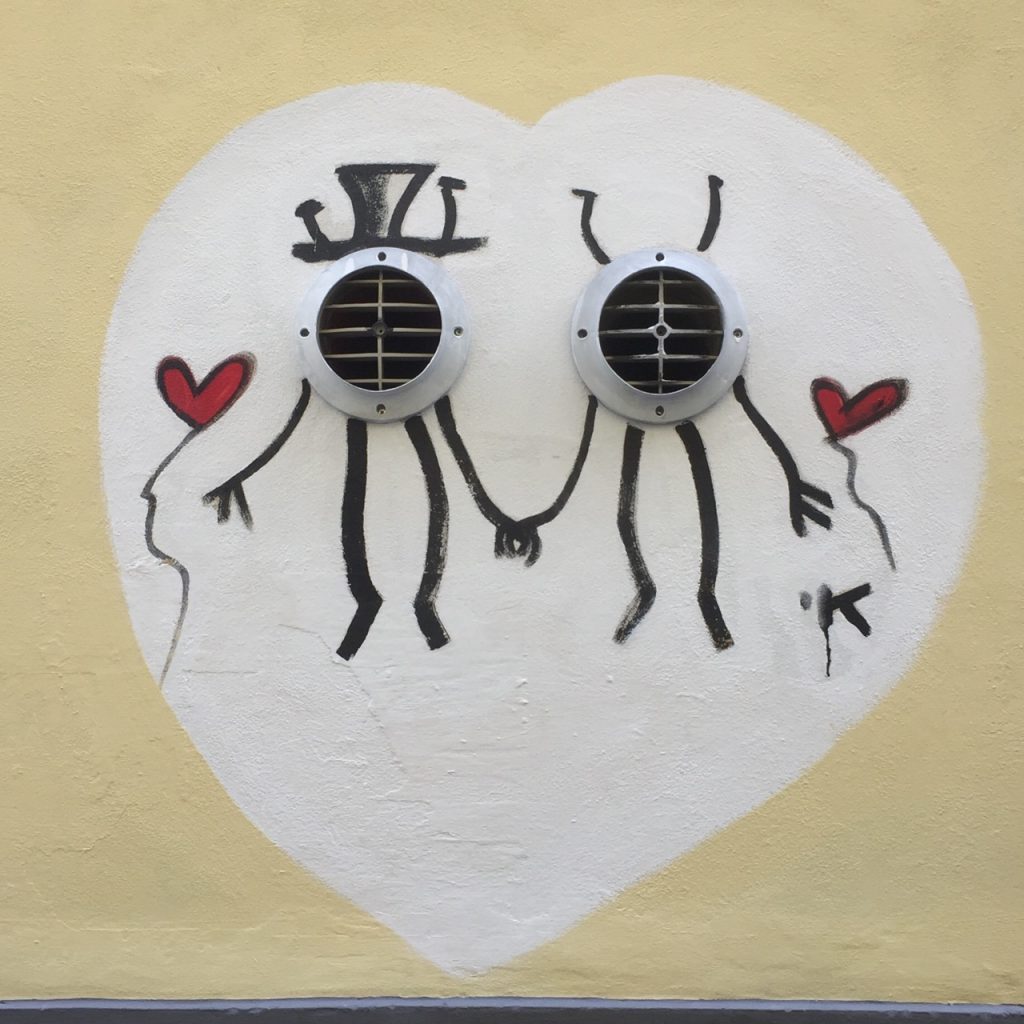
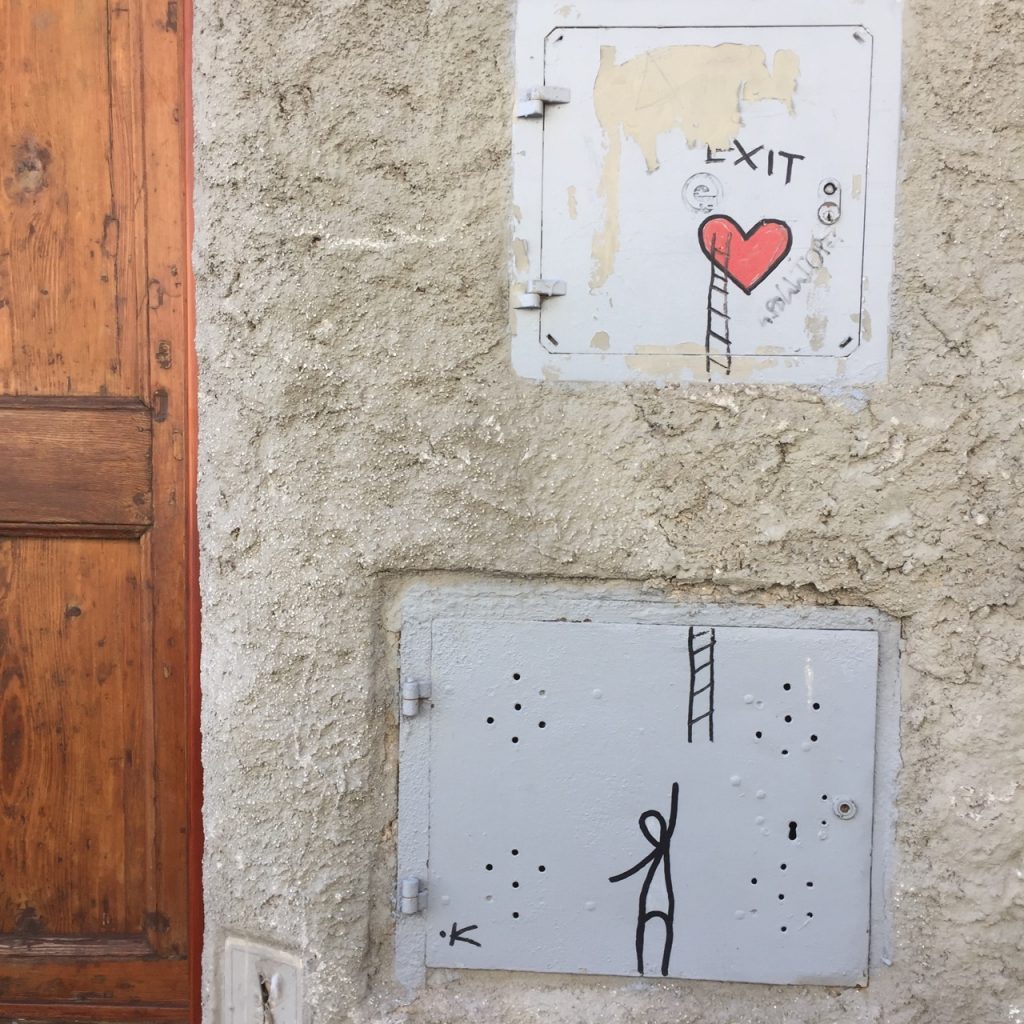
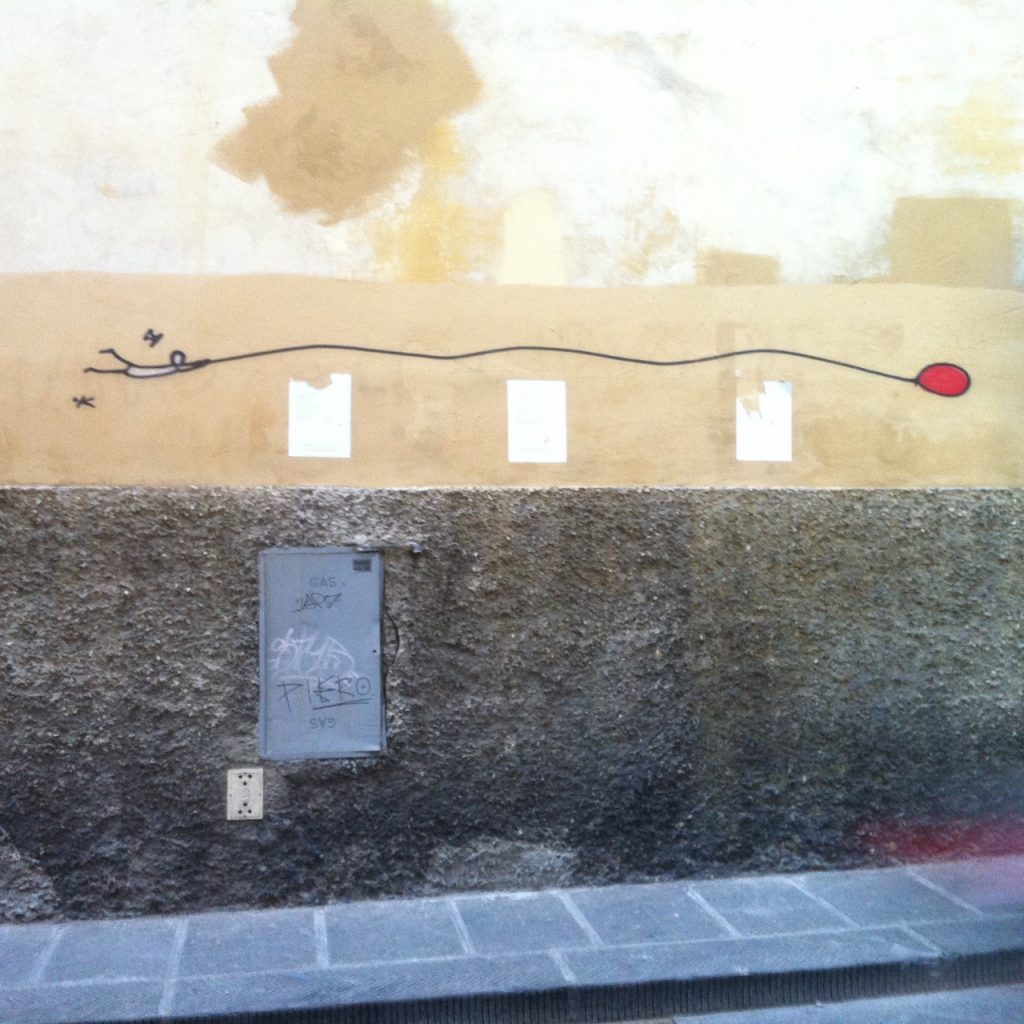
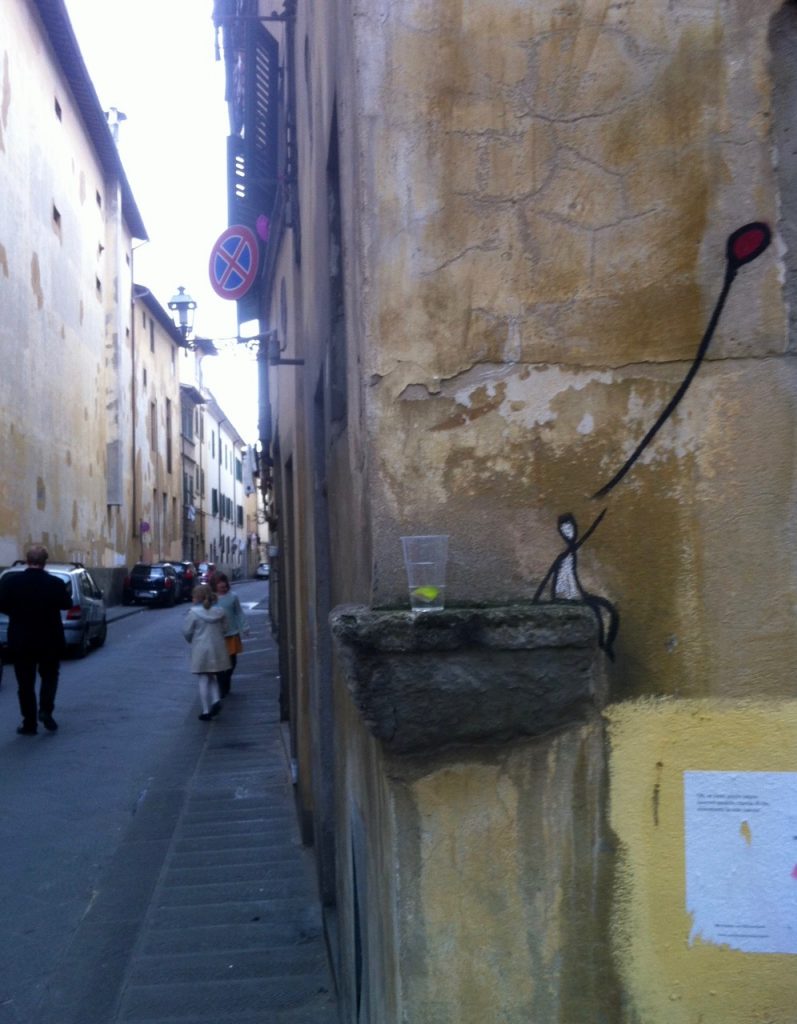
Clet
Like many artists drawn over the years to Florence, Clet is not a local but he’s now an internationally-known name. Originally from Brittany he has been based here for many years and at his workshop in San Niccolò you can pop in to say hi and buy a few souvenir stickers of his iconic images. His roadsign interventions are a deliberate public statement about the limits of civil society, without altering the original signage and its communicative design (well maybe sometimes I get distracted when driving). The vinyl stickers he designs and sneaks onto city signs are often quickly removed but just as easily placed on again. They’re also a huge hit with visiting and resident children!
Have a look at this Guardian slideshow to see him in action.
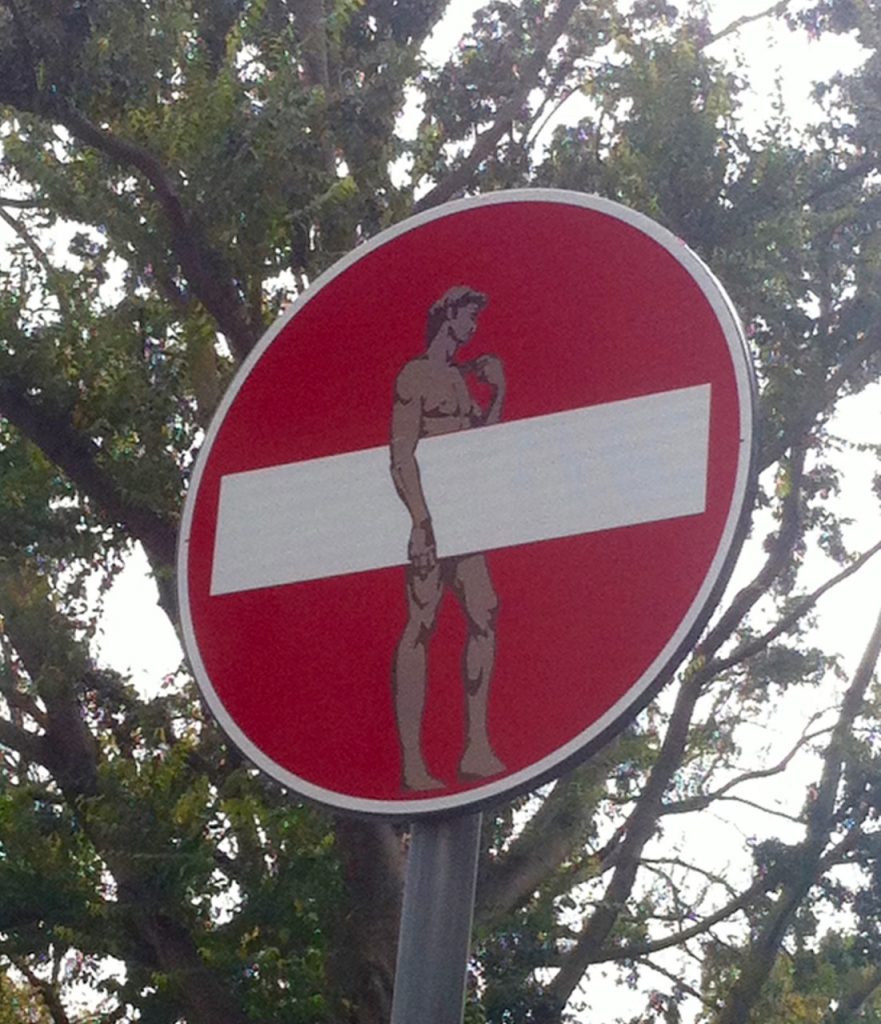
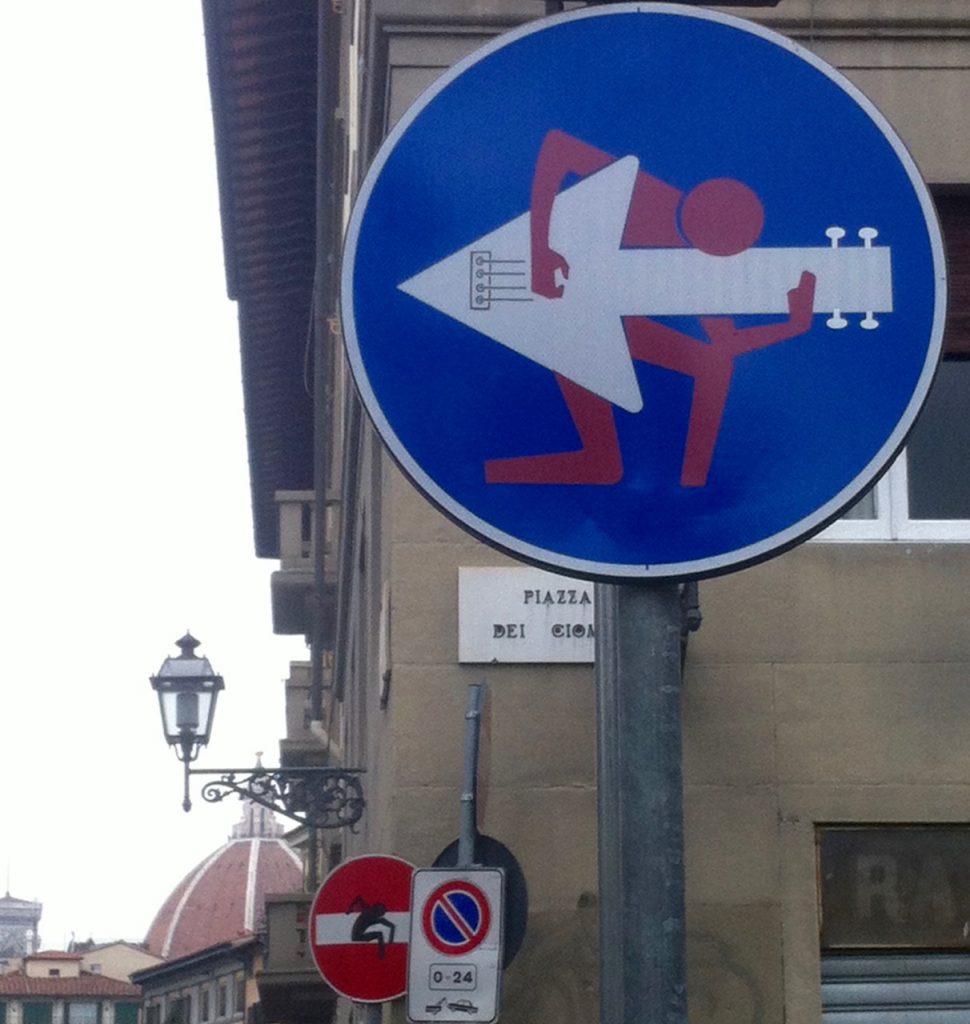
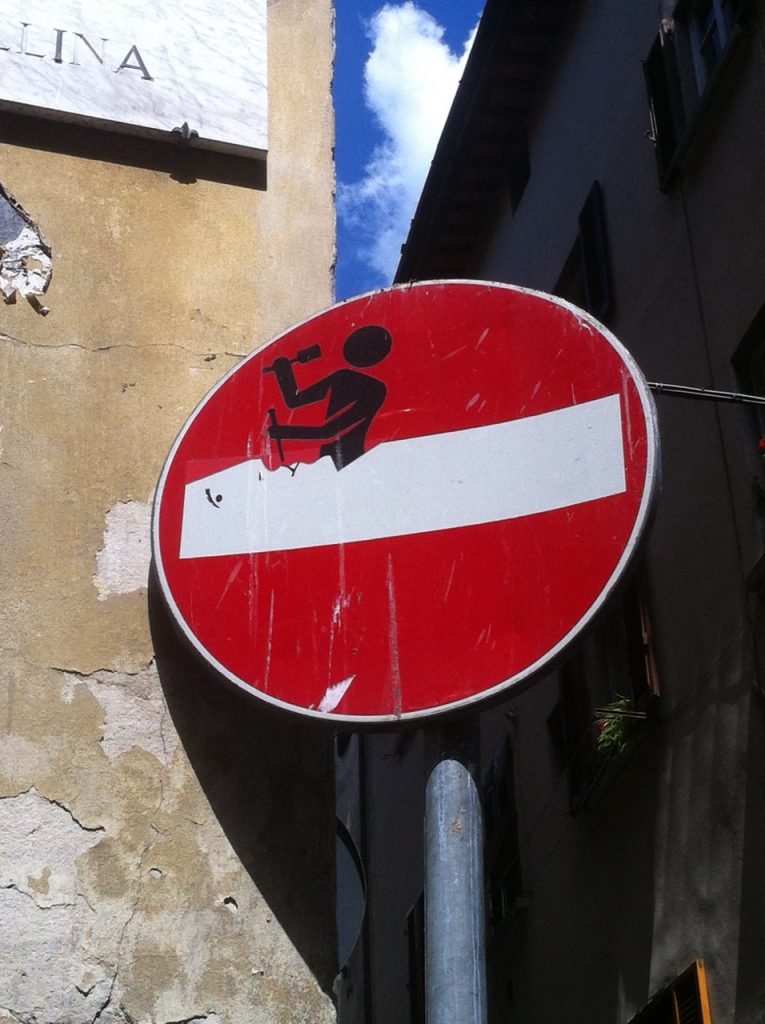
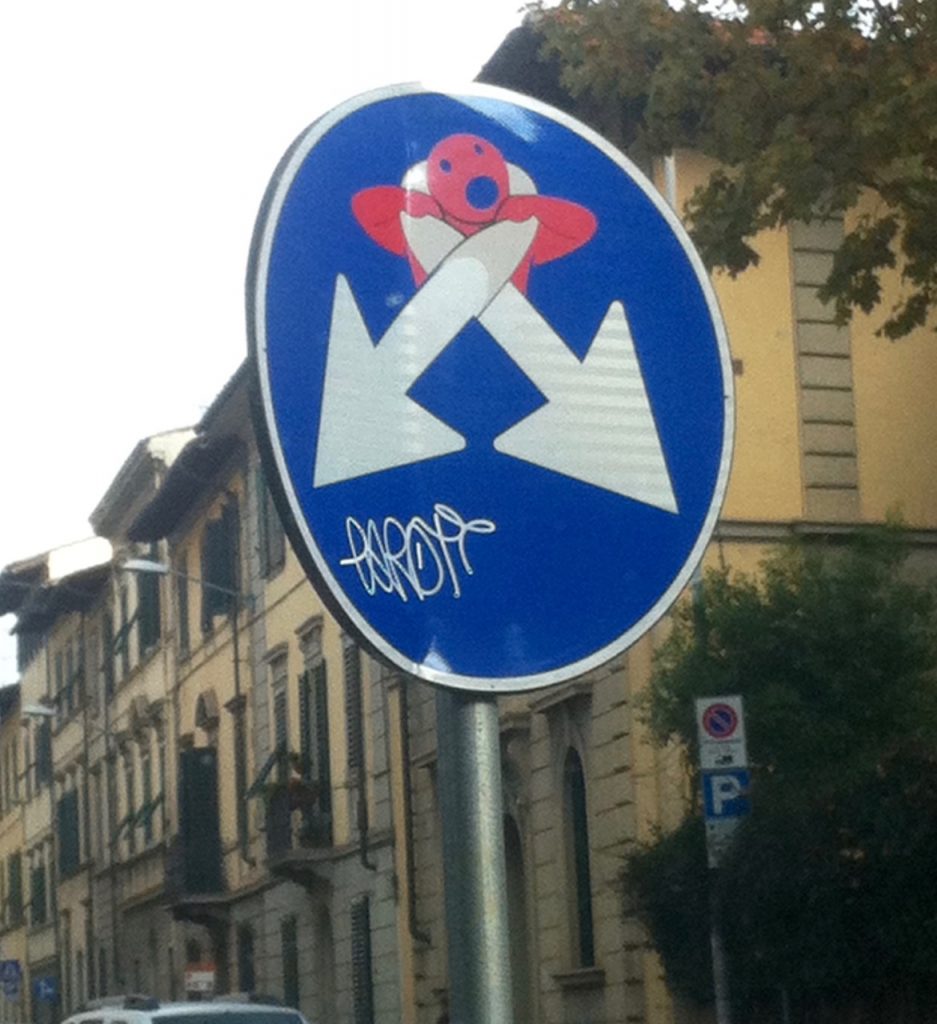
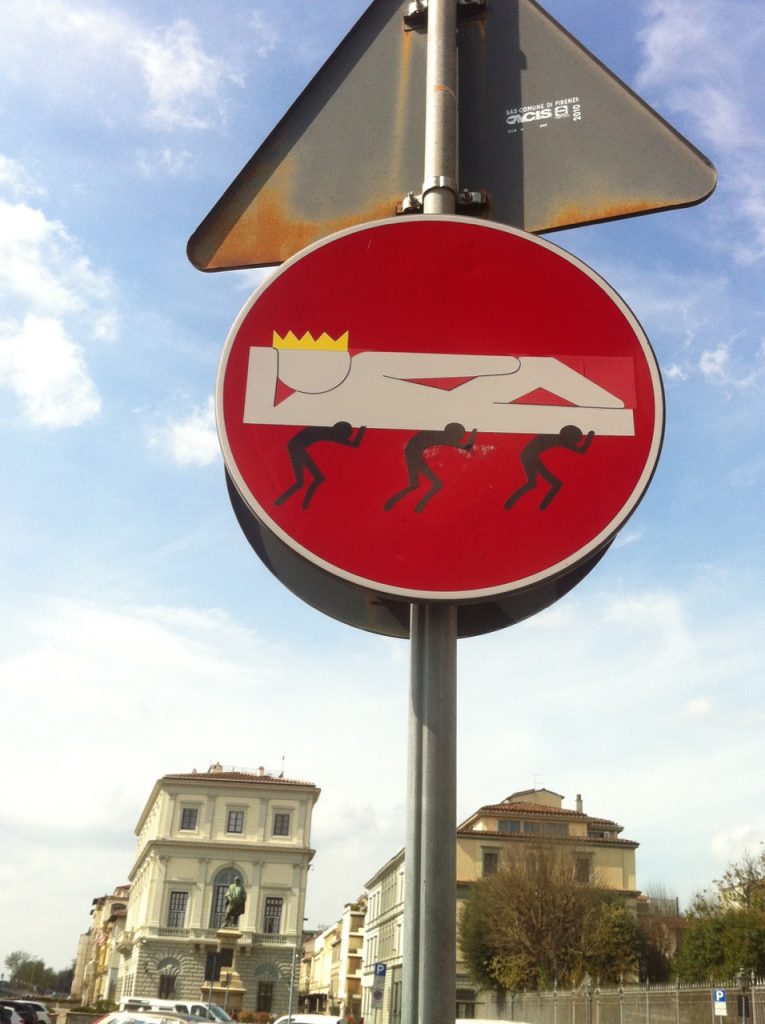
And a few extras that have caught my eye but I know little about
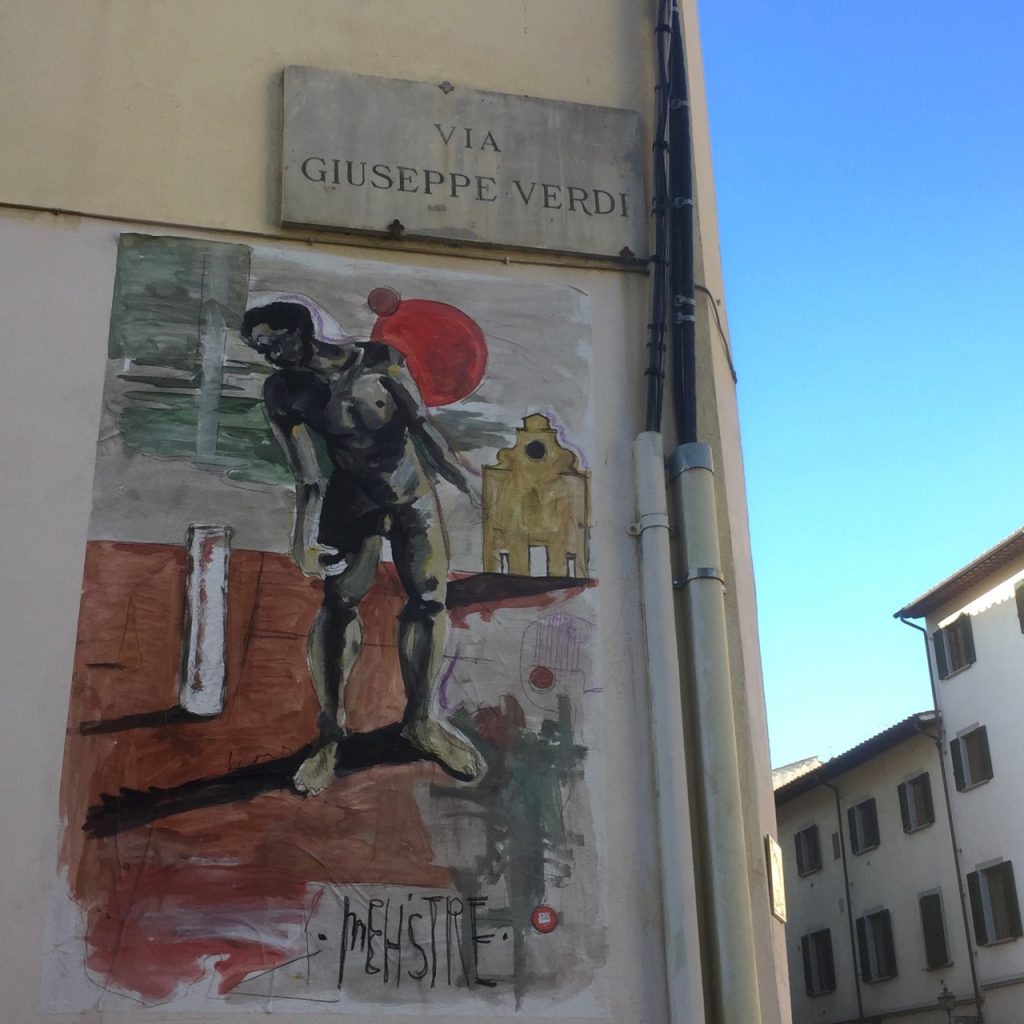
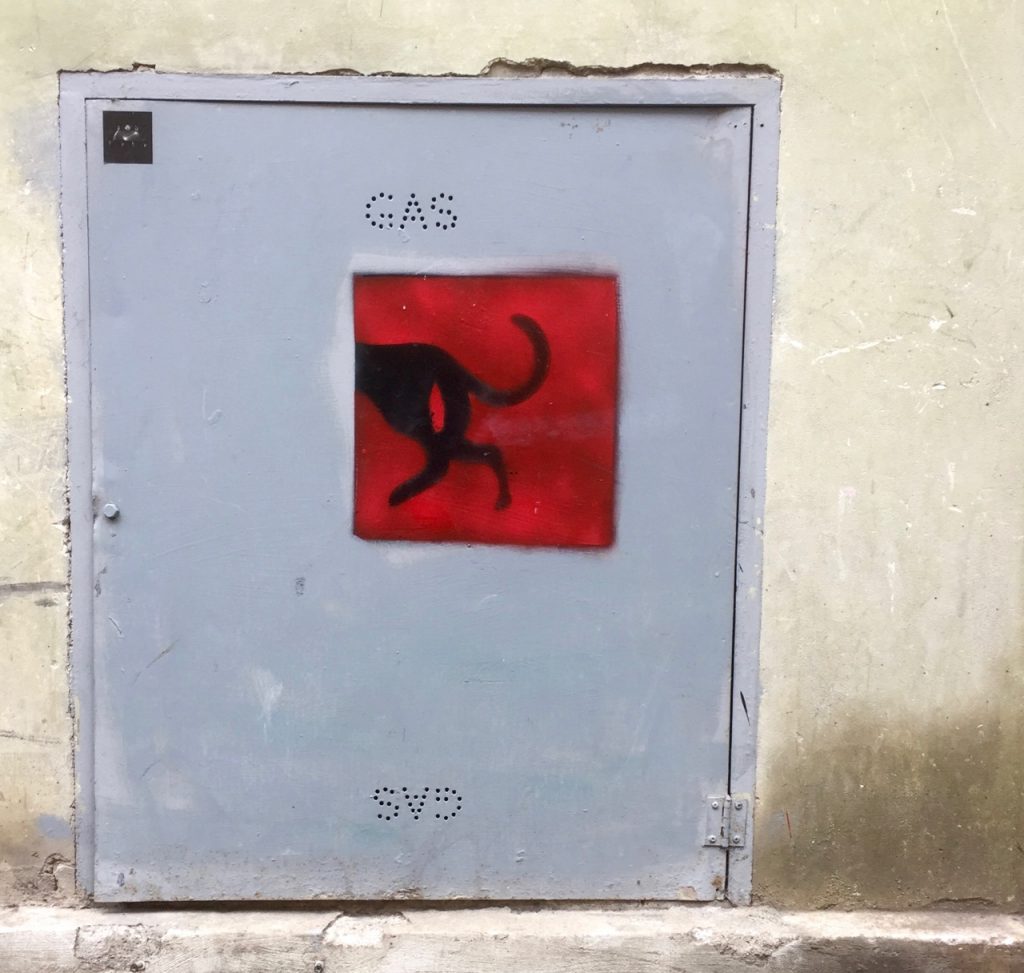
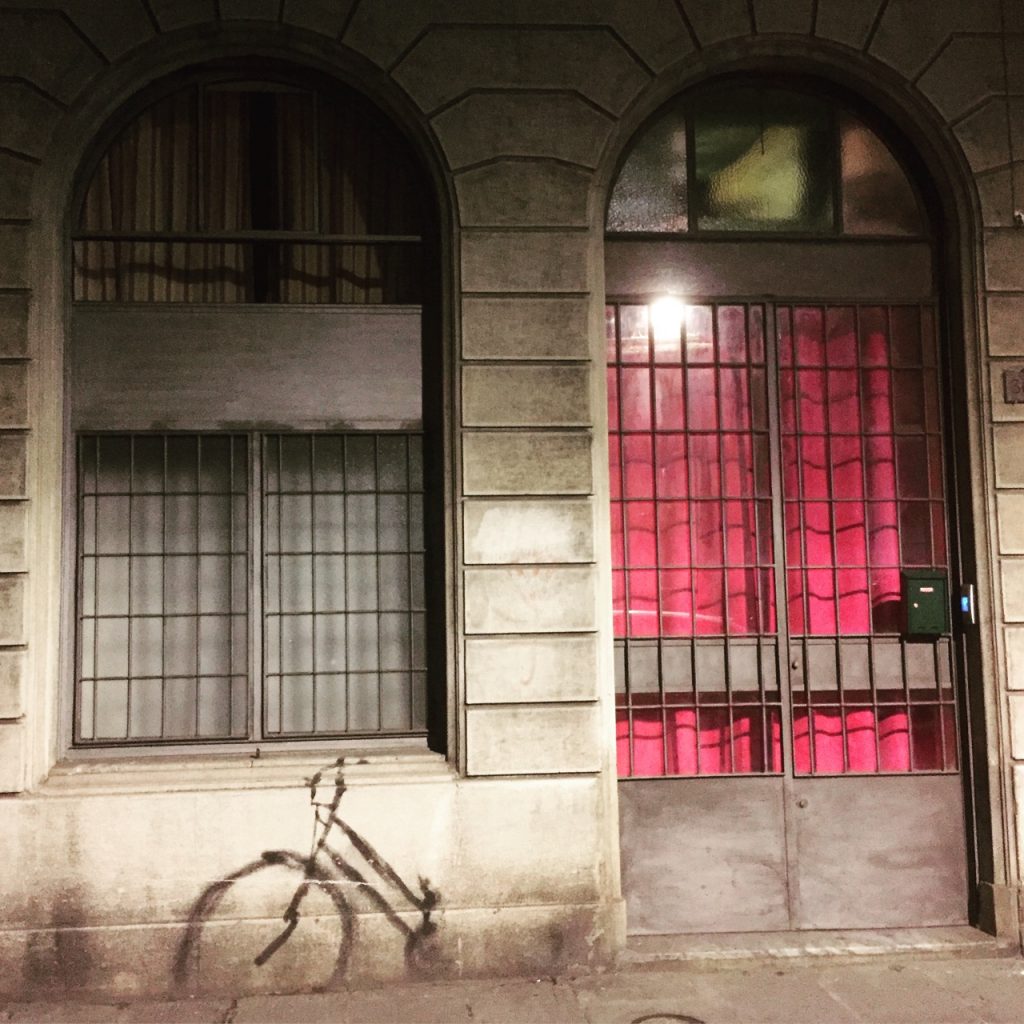
The Le Cure passageway
A well-known dedicated space for grafitti and street artists is the underground passageway at Piazza Le Cure that crosses several junctions and the train track. Grab a gelato at Cavini on the corner and wander down into this intriguing underworld gallery, you might even hear the organ- and radio-playing local resident.
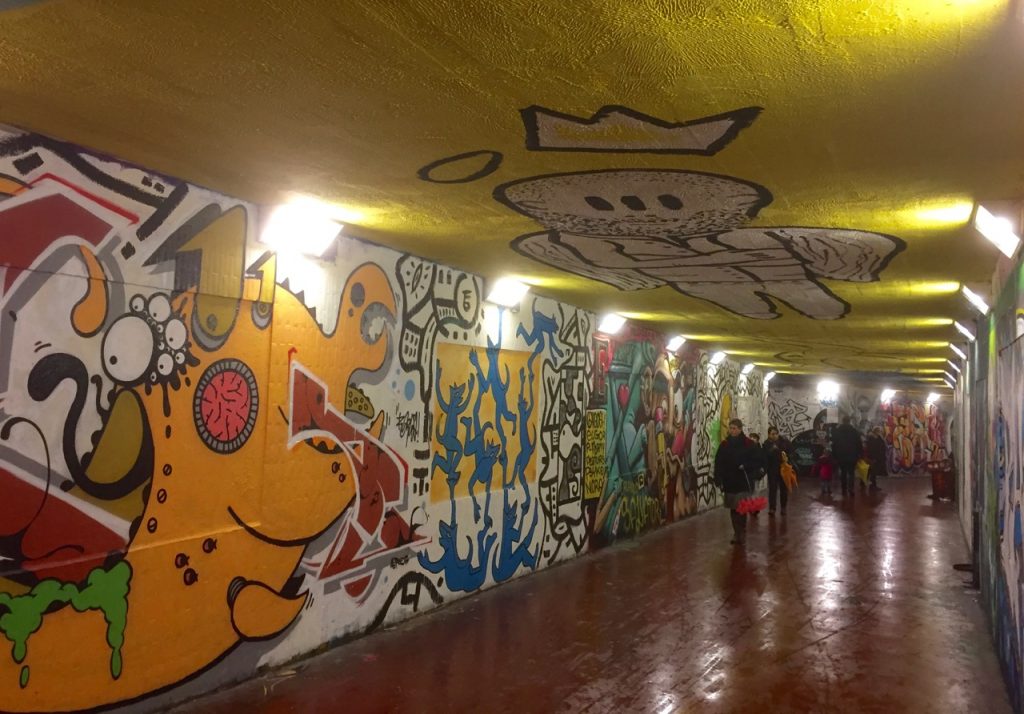
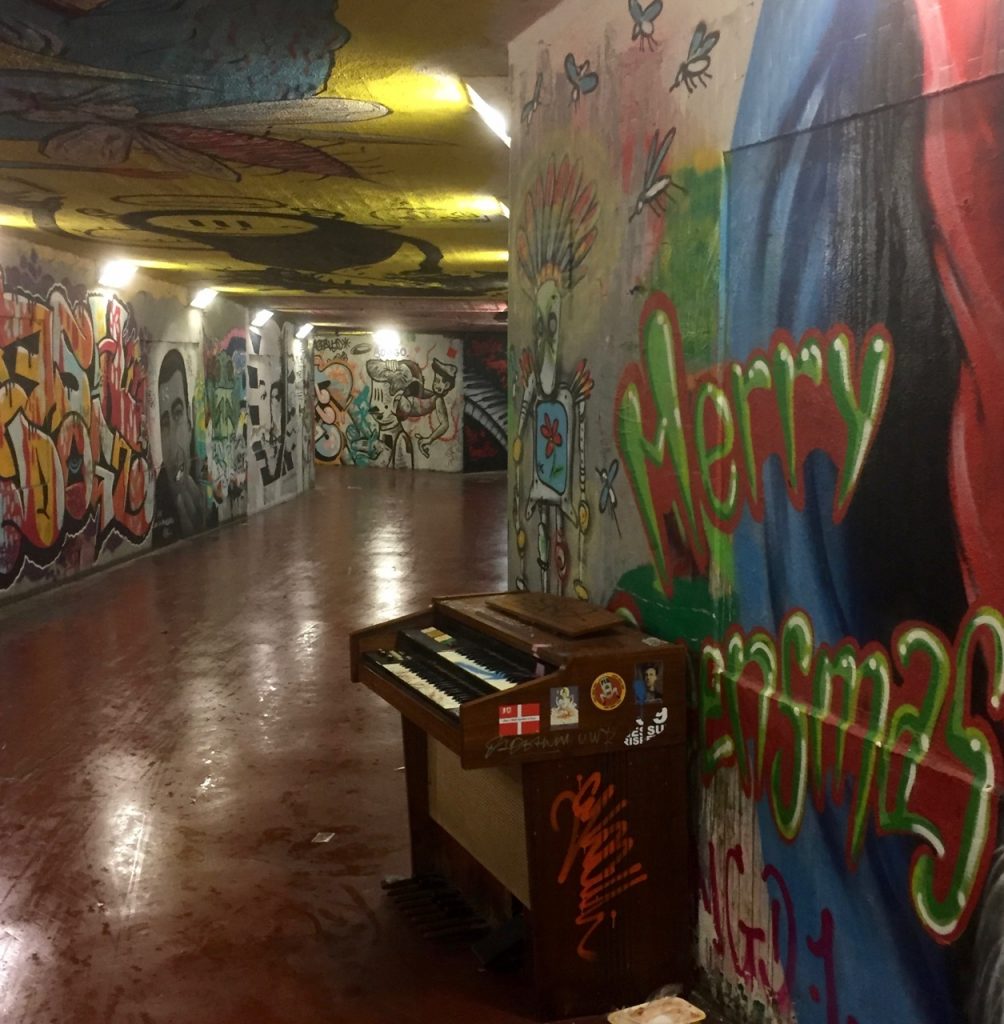
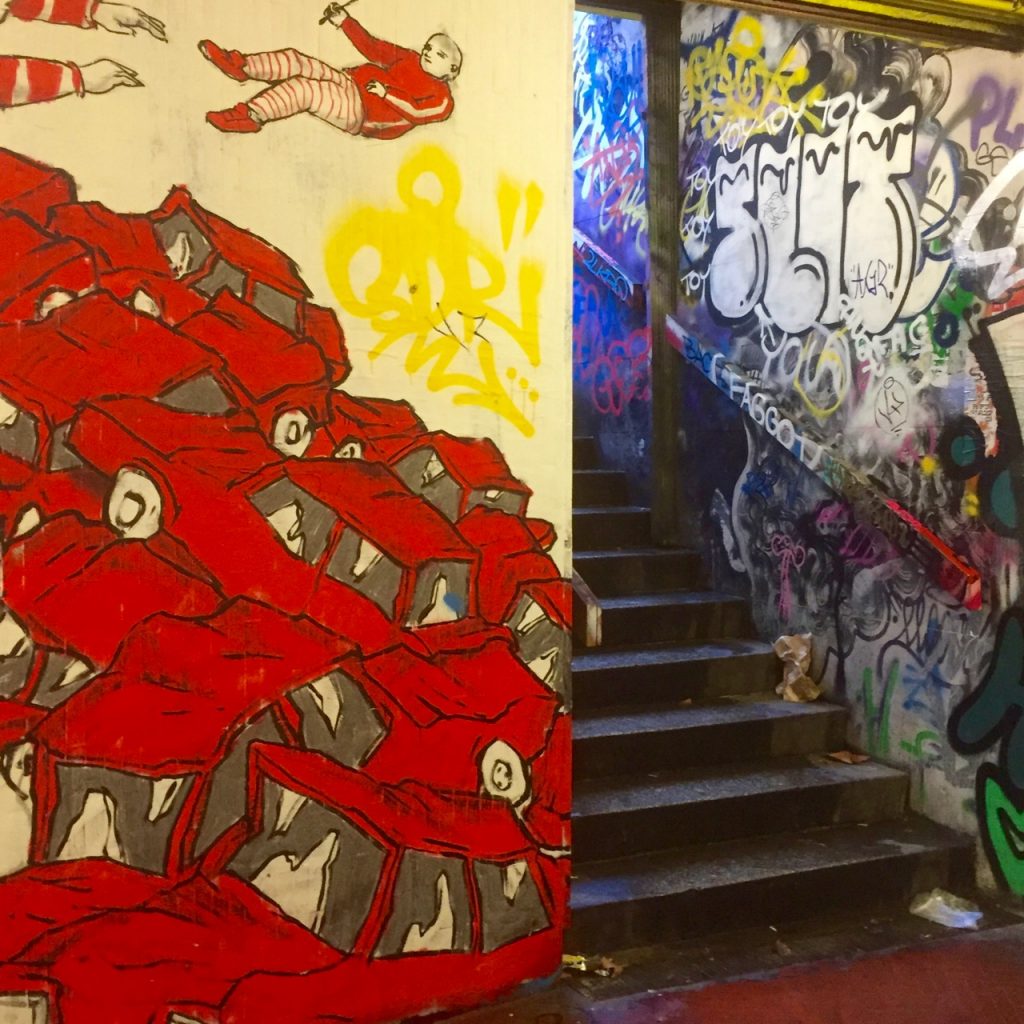
Leave a Reply